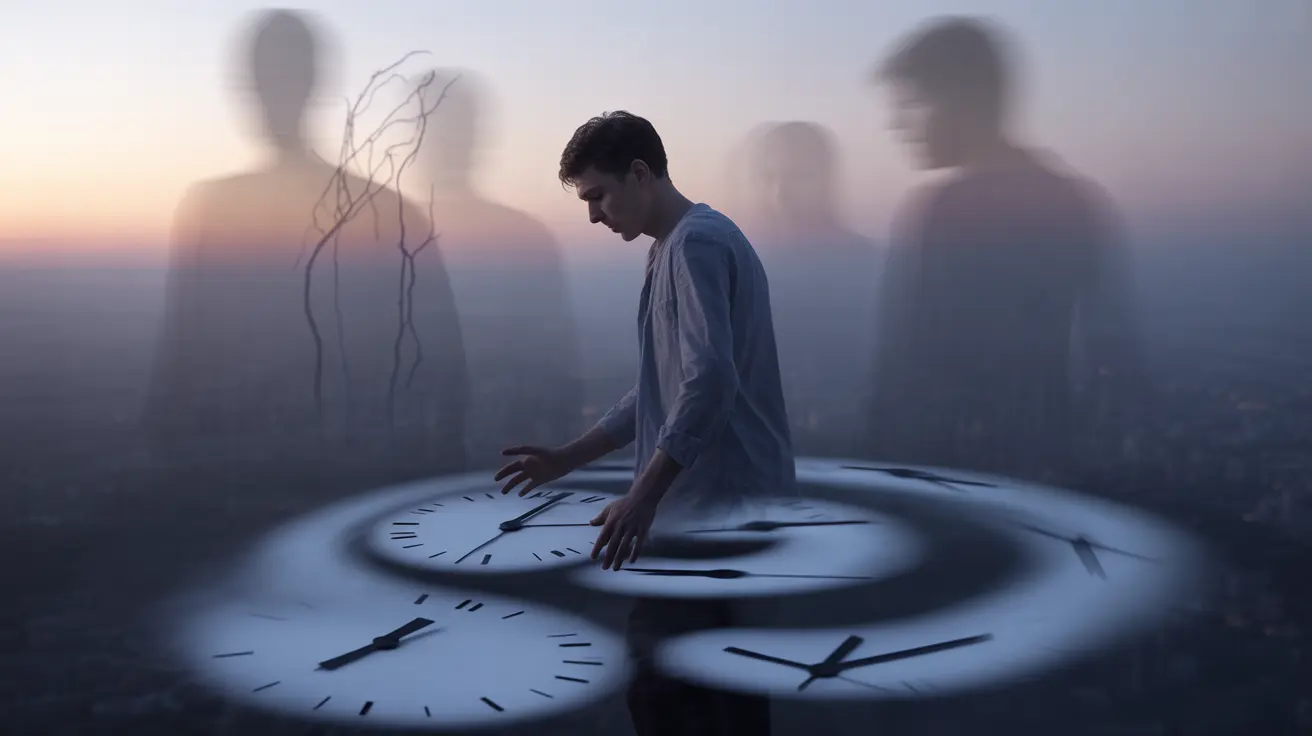Narcolepsy is a chronic neurological disorder that significantly impacts a person's sleep-wake cycles, leading to several distinctive symptoms that can affect daily life. Understanding these key signs is crucial for early recognition and proper medical intervention.
If you're concerned about narcolepsy, learning to identify its primary symptoms can help you determine when to seek professional medical evaluation. Let's explore the five main signs of narcolepsy and how they manifest in daily life.
Excessive Daytime Sleepiness (EDS)
The most prominent and often first-appearing sign of narcolepsy is excessive daytime sleepiness. This isn't simply feeling tired – it's an overwhelming and uncontrollable urge to sleep during daytime hours, regardless of how much night sleep you've had.
People with narcolepsy often experience these characteristics of EDS:
- Sudden sleep attacks during daily activities
- Difficulty maintaining focus and concentration
- Persistent mental fog or drowsiness
- Automatic behaviors during episodes of sleepiness
Cataplexy: A Unique Narcolepsy Symptom
Cataplexy is a distinctive symptom that particularly characterizes type 1 narcolepsy. It involves sudden muscle weakness triggered by strong emotions, which can range from mild to severe:
- Slight weakness in facial muscles
- Slurred speech
- Buckling of the knees
- Complete body collapse while maintaining consciousness
These episodes typically last from a few seconds to several minutes and are often triggered by laughter, surprise, anger, or excitement.
Sleep Paralysis and Hallucinations
Many people with narcolepsy experience sleep paralysis, a temporary inability to move or speak while falling asleep or waking up. This can be accompanied by vivid hallucinations, known as hypnagogic (while falling asleep) or hypnopompic (while waking up) hallucinations.
Common Characteristics of These Symptoms
These experiences often include:
- Feeling of being unable to move
- Sensing a presence in the room
- Seeing or hearing things that aren't there
- Feeling of pressure on the chest
- Brief episodes lasting seconds to minutes
Disrupted Nighttime Sleep
While many people assume narcolepsy only affects daytime wakefulness, fragmented nighttime sleep is actually a significant symptom. People with narcolepsy often:
- Wake up frequently during the night
- Have difficulty staying asleep
- Experience vivid dreams
- Feel unrested despite adequate sleep time
Frequently Asked Questions
What are the 5 main signs of narcolepsy I should watch for?
The five main signs of narcolepsy are excessive daytime sleepiness, cataplexy (sudden muscle weakness triggered by emotions), sleep paralysis, hypnagogic/hypnopompic hallucinations, and disrupted nighttime sleep.
How does excessive daytime sleepiness from narcolepsy affect daily activities?
Excessive daytime sleepiness can severely impact daily activities by causing sudden sleep attacks, difficulty concentrating, persistent drowsiness, and automatic behaviors. This can affect work performance, social interactions, and ability to drive safely.
What triggers cataplexy in people with narcolepsy and how does it feel?
Cataplexy is typically triggered by strong emotions such as laughter, surprise, anger, or excitement. It feels like a sudden muscle weakness that can range from slight facial drooping to complete body collapse, while consciousness remains intact.
Can sleep paralysis and vivid hallucinations indicate narcolepsy?
Yes, sleep paralysis and vivid hallucinations, particularly when occurring alongside other narcolepsy symptoms, can be important indicators of the condition. These experiences typically occur while falling asleep or waking up.
How is fragmented nighttime sleep related to narcolepsy symptoms?
Fragmented nighttime sleep is a key component of narcolepsy, where people experience frequent wake periods, difficulty maintaining sleep, and vivid dreams. This disrupted sleep pattern contributes to excessive daytime sleepiness and overall symptom severity.




